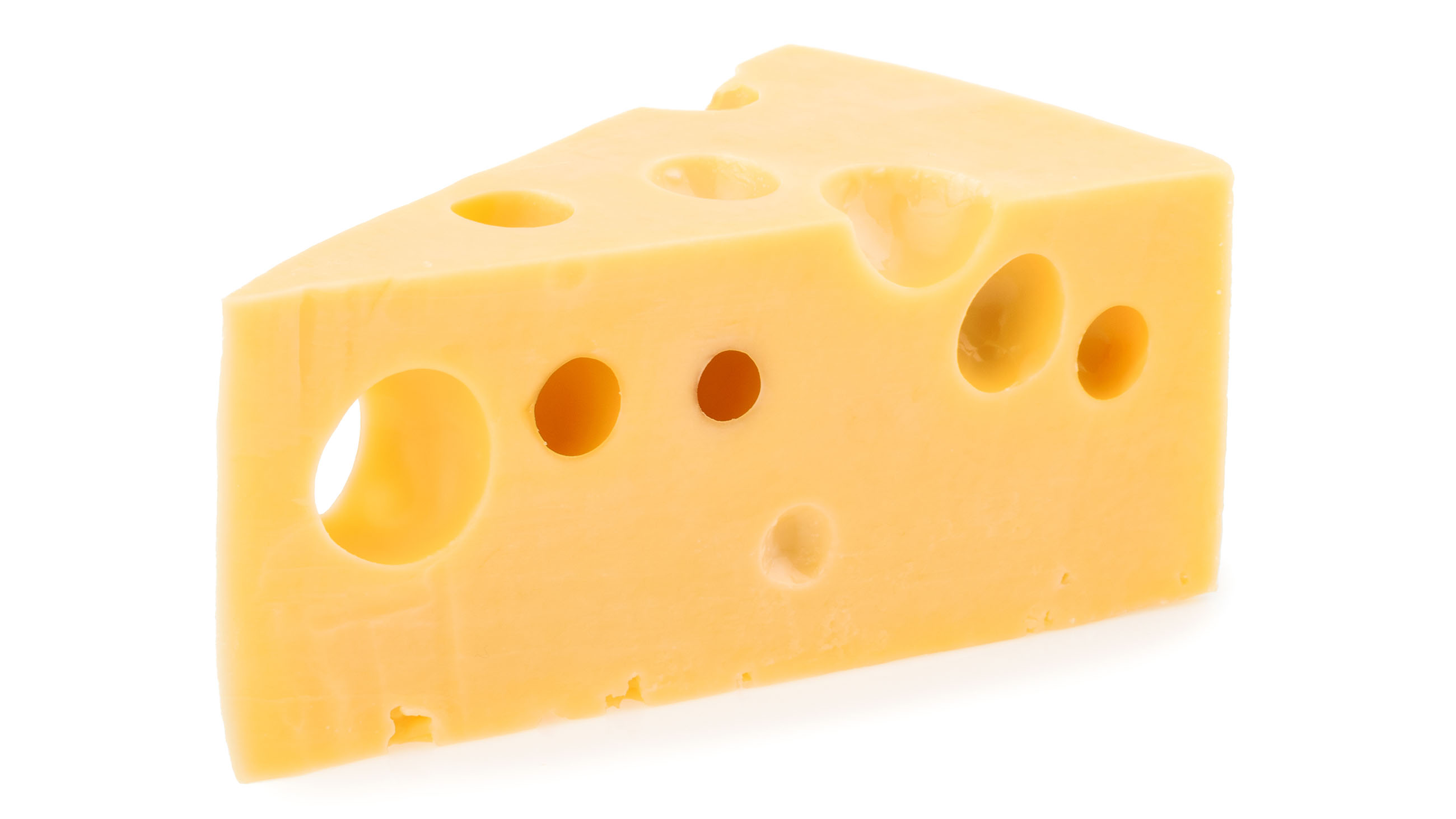In Vermont, Blessed Are the Cheese Makers
This month, a contentious food labeling law went into effect in Vermont, requiring most grocery products containing genetically modified ingredients to bear the words “produced with genetic engineering.” It’s the first law of its kind in the U.S., and one that the grocery industry and its patrons in Congress are still working to undermine.
But even in Vermont, there are some key exceptions to the rule, and for a hint of that, one can’t avoid turning, momentarily, to Monty Python’s “The Life of Brian.”
Cheese is big business in Vermont, generating some $650 million in sales annually. Fluid milk racks up $400 million a year for the state. But in a world awash with genetically modified organisms, or GMOs, teasing out where the new labeling rule ought to be applied (and where it shouldn’t) has been complicated for the state’s lawmakers from the start, and a variety of foods — milk and related dairy byproducts, for example — were left in a sort of legal limbo.
What if a cow was raised on genetically modified feed? Should its milk be considered genetically modified as well? The production process for cheese typically involves use of genetically modified ingredients. Ought it carry the label? (Hat tip to Jason Reitman’s 2005 film “Thank You for Smoking”):
When the state’s governor, Peter Shumlin, first signed Vermont’s bill into law in 2014, the state’s attorney general was tasked over the next two years with sorting out these pressing questions. Updated guidance addressing a number of these gray areas was published last month, and among other things, milk is in the clear. “Foods consisting entirely of or derived entirely from an animal that is itself not produced with genetic engineering,” the guidance noted, “regardless of whether the animal has been fed or injected with any food, drug, or other substance produced with genetic engineering” are exempt from the law.
And then there are the cheese makers. The new guidance does make exceptions for processed foods that “include one or more processing aids or enzymes produced with genetic engineering,” and even for foods that contain a teeny bit of genetically modified stuff: “[I]f the aggregate weight of the genetically engineered materials in the food is no more than 0.9 percent of the total weight of the food,” the updated regulations state, it is exempt.
But in most cases, scientists suggest, cheese ought to be exempt on its face. The only real hitch might have been chymosin, the rennet-like enzyme used to coagulate milk into cheese. It’s made by genetically-engineered yeast – or mold or bacteria – that are fermented to produce massive quantities of the enzyme. This technique was approved in 1990 as an alternative to slaughtering calves to extract the enzyme from their stomachs.
That might seem to argue for GMO labeling under Vermont’s new law, but the devil is in the details: Once chymosin is purified and all cellular material is cleared away, it is just isolated protein. “Chymosin is not genetically modified,” said John Lucey, a professor of food science at the University of Wisconsin-Madison. “It wouldn’t be scientifically accurate to call the enzyme itself genetically modified. That’s not true.”
Most scientists, of course, suggest that fears over genetically modified ingredients are overblown, and that the push for labeling is misguided. But for cheese lovers who aren’t so sure, the purification of chymosin might come as a relief (cue 1993’s “Benny & Joon):
In fact, it’s chemically identical to the rennet isolated from calves, says Lucey. That was just one of the stringent stipulations the FDA required when it approved what it called fermentation-produced chymosin using the same process the pharmaceutical industry uses to produce insulin, clotting factors, and other clinically useful proteins.
“When the pharmaceutical-like purification technology was first approved it hadn’t been done for a food ingredient before,” he said. “They had to put in multiple, redundant steps to make sure there was no part of the bacteria left in there and show that the enzyme wasn’t different in any shape or form from the calf one.”
The chymosin purification process, employed worldwide by enzyme manufacturing companies like Christen Hansen and Danisco, is one of the cleanest in the food industry. And by stripping away all cellular material – genetically modified or otherwise – what’s left is pure protein. No genetically modified organism remains, says Tonya Schoenfuss, a professor of dairy products technology at the University of Minnesota.
“All the yeast or bacteria, whatever they have cloned the gene into, are purified out,” wrote Schoenfuss in an email message. “That is the beauty of the process.”
It’s also why GMO-uncertain Vermonters shouldn’t have to approach cheese like this — even if it isn’t labeled (h/t “Diary of a Wimpy Kid,” 2010):











Comments are automatically closed one year after article publication. Archived comments are below.
Wouldn’t exactly the same reasoning apply to many other products of GMOs, such as corn syrup, corn starch, vegetable oils and sugar? These are all purified and don’t contain DNA. But they’re not exempt from labeling in VT, and people fearful of gmos certainly don’t seem willing to give them a pass in the same way they do chymosin.
Then by the same argument, sugar from GM sugar beets, or HFCS or starch from GM corn should not require a GM label. It’s pretty difficult to use mental gymnastics and legalities to exempt your preferred product without the same rules applying to other products.
Actually, Ben, once you strip away the goals of the propaganda crowd, it’s ridiculously easy. Let the law be written so that it names the ingredient instead of triggering a vague and scary sounding phrase. A reasonably intelligent consumer can understand that sucrose from a GMO sugar beet is a different thing from cottonseed oil from a Bt cotton plant or a vitamin made by a genetically modified microorganism. The problems arise when the law is written to give some producers an advantage over other producers.